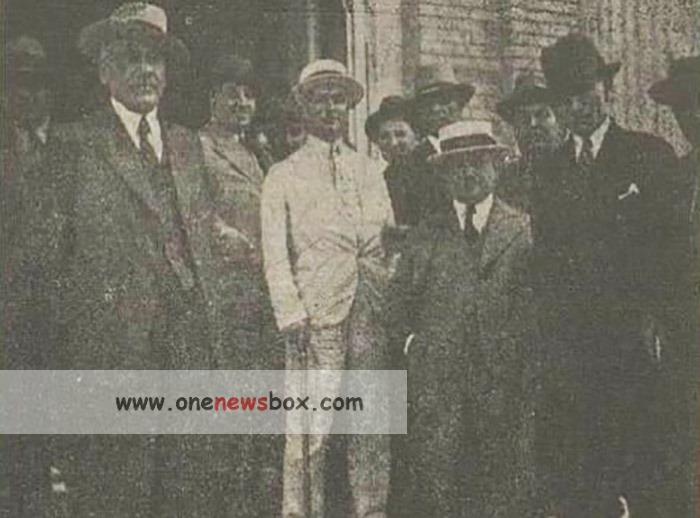Post-Revolution Changes: From National to Islamic Consultative Assembly
Following the Islamic Revolution of 1979, the Pahlavi monarchy was overthrown, and the new Islamic Republic led by Ayatollah Ruhollah Khomeini replaced the monarchy with a theocratic-republican political structure. The Constitution of the Islamic Republic initially retained the name National Consultative Assembly, but the first elected body quickly began referring to itself as the Islamic Consultative Assembly (Majles-e Showrā-ye Eslāmī).
This renaming was formalized during the constitutional revisions of 1989, which aimed to consolidate the theocratic nature of the system. The Guardian Council, a powerful clerical body, was given authority to vet candidates and approve legislation, ensuring conformity with Islamic principles. Despite this, the Majles retained significant powers in budgetary, administrative, and supervisory domains.
The Architectural Evolution of Baharestan: The House of the Majles
The building housing the National Consultative Assembly has a rich and layered history, reflecting Iran’s changing political, cultural, and architectural currents.
First Period: Pre-Constitutional Use and Royal Ownership
The core structure of the Majles building was originally built by Mirza Mehdi Khan Shaqaghi for Mirza Hossein Khan Sepahsalar Moshir-ud-Dawla, a reformist Prime Minister during the reign of Nasser al-Din Shah Qajar. Upon Sepahsalar’s death in 1298 AH, the property was transferred to Ghulam Ali Khan Malijak and Akhtar-ud-Dawla, daughter of Nasser al-Din Shah. By the time of the Constitutional Revolution, this house became the designated location for parliamentary sessions.

